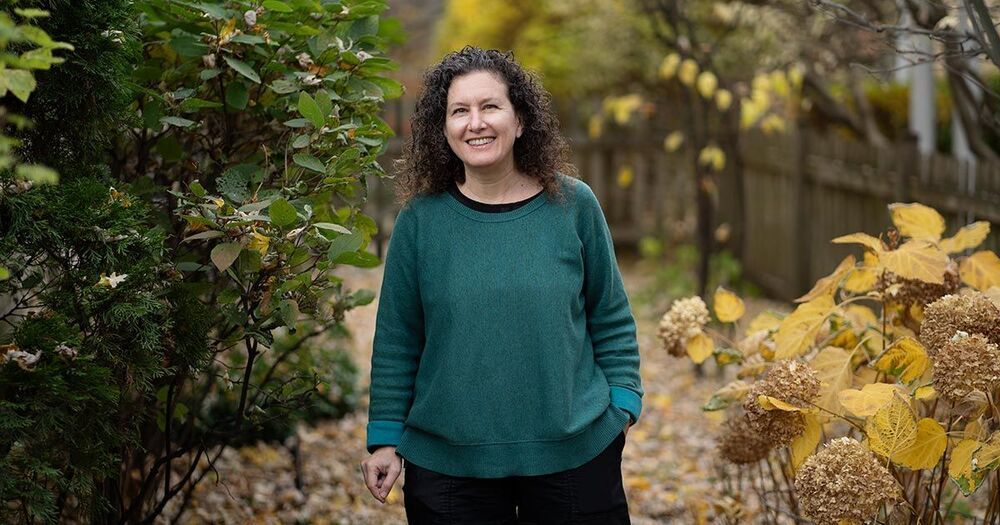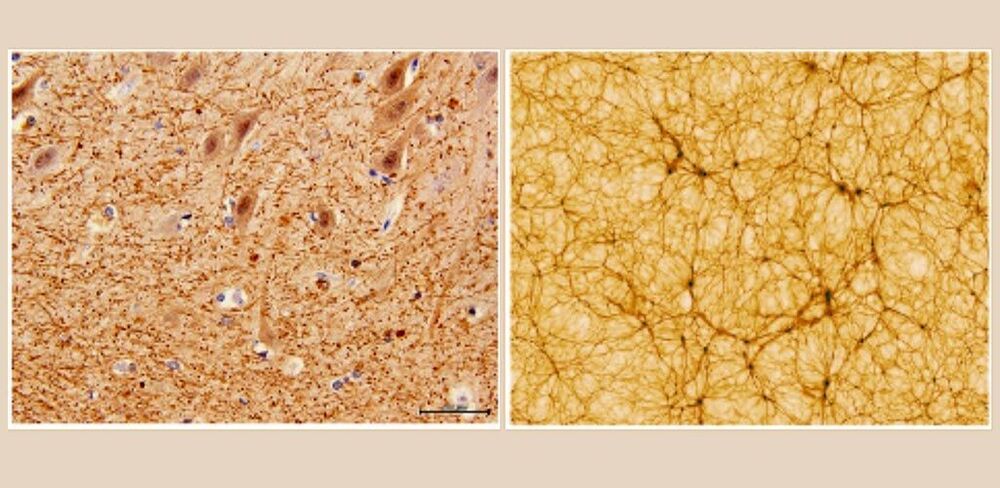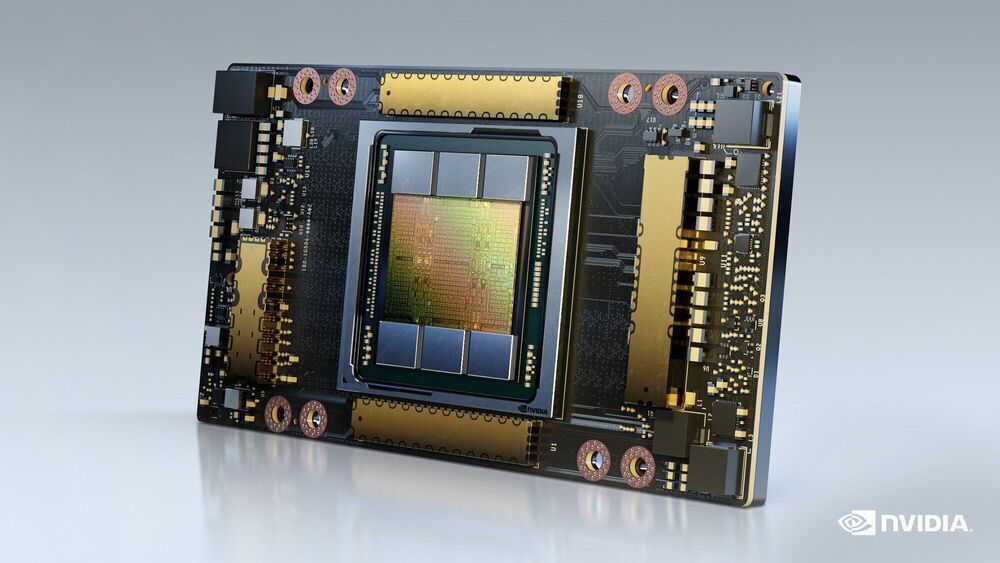Bryna Kra searches for the patterns in sequences of numbers that explain how complicated dynamical systems evolve over time.



In their paper published in Frontiers of Physics, Franco Vazza (astrophysicist at the University of Bologna) and Alberto Feletti (neurosurgeon at the University of Verona) investigated the similarities between two of the most challenging and complex systems in nature: the cosmic network of galaxies and the network of neuronal cells in the human brain.
Despite the substantial difference in scale between the two networks (more than 27 orders of magnitude), their quantitative analysis, which sits at the crossroads of cosmology and neurosurgery, suggests that diverse physical processes can build structures characterized by similar levels of complexity and self-organization.
The human brain functions thanks to its wide neuronal network that is deemed to contain approximately 69 billion neurons. On the other hand, the observable universe can count upon a cosmic web of at least 100 billion galaxies. Within both systems, only 30% of their masses are composed of galaxies and neurons. Within both systems, galaxies and neurons arrange themselves in long filaments or nodes between the filaments. Finally, within both systems, 70% of the distribution of mass or energy is composed of components playing an apparently passive role: water in the brain and dark energy in the observable Universe.


NVIDA has surpassed the 2 terabyte-per-second memory bandwidth mark with its new GPU, the Santa Clara graphics giant announced Monday.
The top-of-the-line A100 80GB GPU is expected to be integrated in multiple GPU configurations in systems during the first half of 2021.
Earlier this year, NVIDIA unveiled the A100 featuring Ampere architecture, asserting that the GPU provided “the largest leap in performance” ever in its lineup of graphics hardware. It said AI training on the GPU could see performance boosts of 20 times the speed of its earlier generation units.

Like walking and breathing and could one day allow people to control prosthetics simply by thinking…
The US Army is funding a project that could lead to brain-machine interfaces. It includes an algorithm capable of isolating brain signals and linking them to specific behaviors such as walking and breathing.

Scientists have detected two bright radio bursts from a magnetar in our galaxy, as they get closer to discovering the source of the blasts.
Earlier this month, scientists discovered that fast radio bursts were coming from the object, in a major breakthrough in the search for the source of those mysterious blasts of energy. It was the first time an FRB had been detected coming from inside our Milky Way, and also the first time such a blast had been traced back to a particular source.
Now scientists say they have found new bursts coming from that same magnetar. That should help further indicate whether it is really a source of FRBs – and whether the same process could be powering those bursts we have discovered coming from elsewhere in the universe.
To perform tasks that involve moving or handling objects, robots should swiftly adapt their grasp and manipulation strategies based on the properties of these objects and the environment surrounding them. Most robotic hands developed so far, however, have a fixed and limiting structure; thus, they can perform a limited number of movements and can only grasp specific types of objects.
Researchers at Hong Kong University of Science and Technology have recently developed a robotic fingertip that can change its shape and switch across three different configurations, which could allow it to grasp a broader variety of objects. This fingertip’s unique design, outlined in a paper presented at this year’s IEEE International Conference on Automation Science and Engineering (CASE), is inspired by origami, the renowned Japanese art of paper folding.
“Our study was inspired by two common observations in current research and industrial applications,” Zicheng Kan and Yazhan Zhang, two of the researchers who carried out the study, told TechXplore via email. “The first relates to parallel grippers developed in past research studies, which could help to achieve industrial automation. These grippers require well-selected grasping points, otherwise static equilibrium might not be achieved.”

This article is part of our reviews of AI research papers, a series of posts that explore the latest findings in artificial intelligence.
Creating machines that have the general problem–solving capabilities of human brains has been the holy grain of artificial intelligence scientists for decades. And despite tremendous advances in various fields of computer science, artificial general intelligence still eludes researchers.
Our current AI methods either require a huge amount of data, or a very large number of hand-coded rules, and they’re only suitable for very narrow domains. AGI, on the other hand, should be able to perform multiple tasks with little data and specific instructions.
